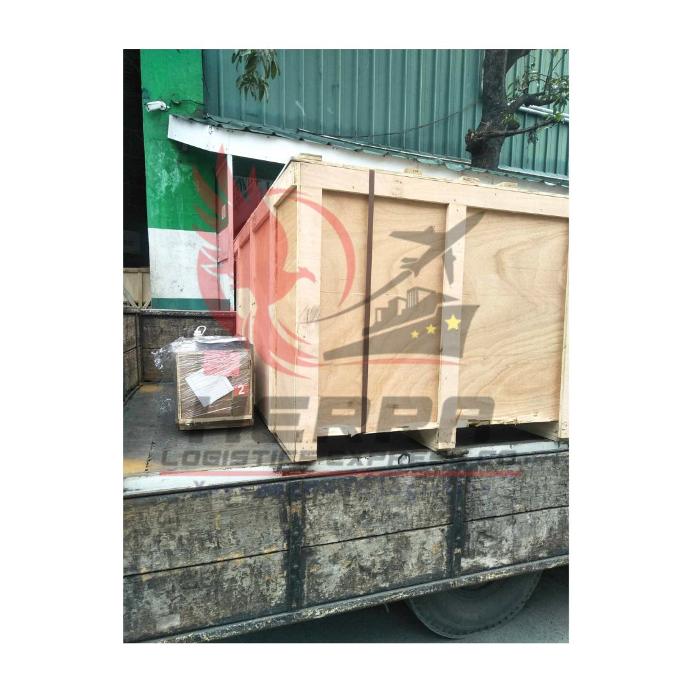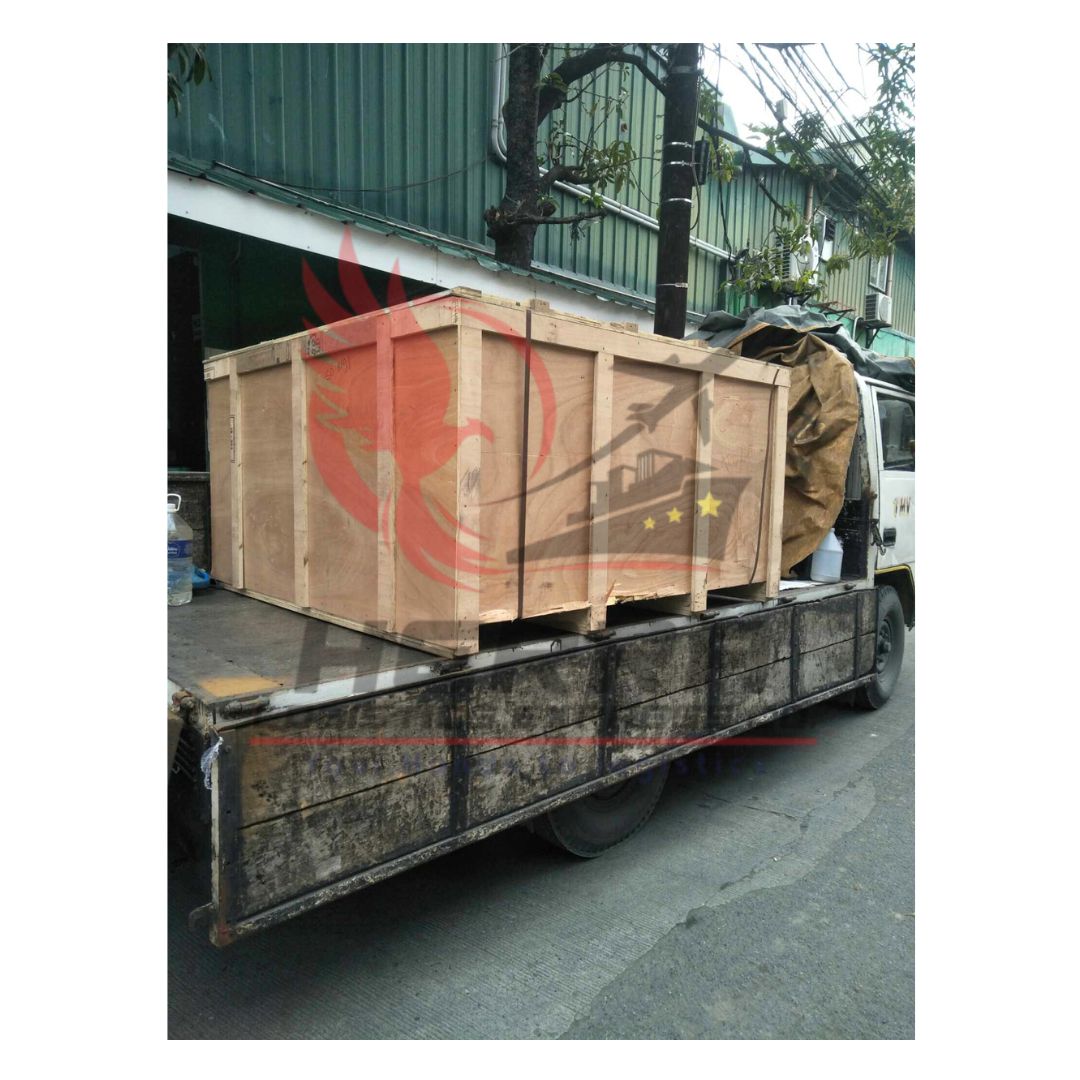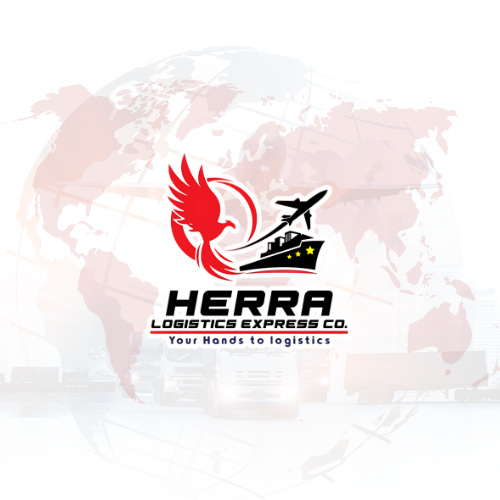LIKE, FOLLOW & SHARE
FB : HERRA Logistics Express Co.
IG : HerraLogistics
Tiktok : @herralogistics

- Electric Motors: In electric motors, common parts include:
- Stator: The stationary part that generates a magnetic field.
- Rotor: The rotating part that interacts with the magnetic field to produce motion.
- Windings: Coils of wire that carry electric current, creating the magnetic field.
- Bearings: Support the rotor and reduce friction during rotation.
- Commutator (in DC motors): Reverses the direction of current flow in the rotor windings.
- Combustion Engines (e.g., Internal Combustion Engines): These engines have more complex parts due to the combustion process:
- Pistons: Move up and down within cylinders, converting pressure into mechanical energy.
- Crankshaft: Converts linear motion of pistons into rotational motion.
- Camshaft: Controls the opening and closing of valves.
- Valves: Control the intake of air and fuel and the exhaust of combustion gases.
- Spark Plugs (in gasoline engines): Ignite the air-fuel mixture.
- Fuel Injectors: Spray fuel into the combustion chamber.
- Hydraulic Motors: These motors use pressurized fluid to generate power. Key parts include:
- Rotor: Transfers fluid pressure energy into mechanical energy.
- Cylinder Block: Houses the rotor and distributes fluid.
- Pistons: Transmit pressure from fluid to the rotor.
- Valves: Control the flow of fluid into and out of the motor.

- Submission of Import Documents: Importers or their authorized representatives, often customs brokers, are responsible for submitting the necessary import documents to the Bureau of Customs (BOC). These documents typically include:
- Import Entry Declaration (IED) or Goods Declaration (GD)
- Commercial invoices
- Packing lists
- Bill of lading or airway bill
- Import permits or licenses (if required)
- Other relevant documents depending on the nature of the goods
- Customs Assessment and Clearance: Upon receipt of the import documents, the BOC assesses the customs duties, taxes, and other charges applicable to the imported goods. Customs officials may also conduct physical examination of the cargo to verify the declared information.
- Payment of Duties and Taxes: Importers or their customs brokers are required to pay the assessed customs duties, taxes, and other fees before the cargo can be released. Payment is typically made through accredited banks or electronic payment systems designated by the BOC.
- Release of Cargo: Once all customs requirements have been met and payment has been made, the BOC issues a release order or release certificate authorizing the release of the cargo from the port or airport. The cargo can then be transported to the importer's designated location, such as a warehouse or distribution center.
- Monitoring and Compliance: Importers are responsible for ensuring compliance with customs regulations, including the proper declaration of imported goods and payment of duties and taxes. Failure to comply with customs requirements may result in penalties, fines, or seizure of the cargo.
- Customs Brokerage Services: Many importers engage the services of licensed customs brokers to handle the customs clearance process on their behalf. Customs brokers are knowledgeable about customs regulations and procedures, and they help facilitate smooth and timely clearance of imported goods.

Your Dynamic Snippet will be displayed here... This message is displayed because you did not provided both a filter and a template to use.